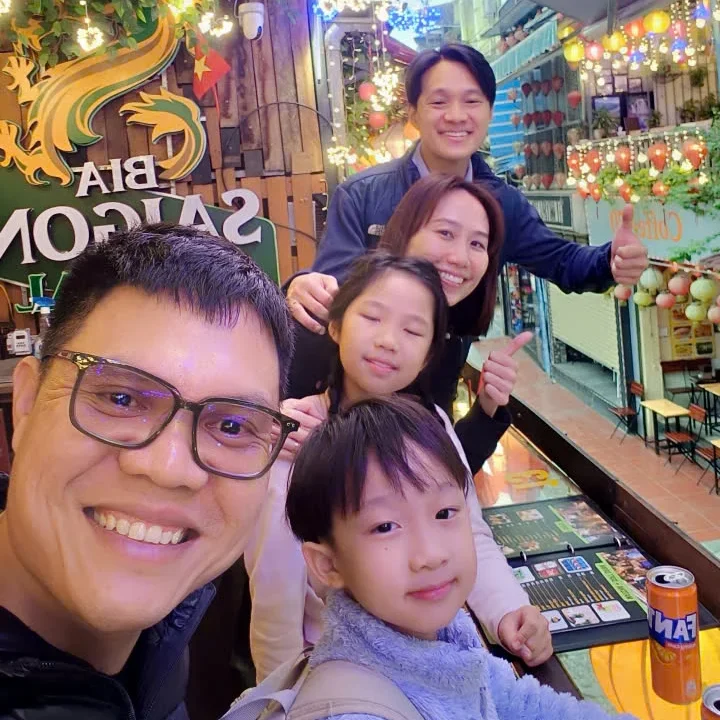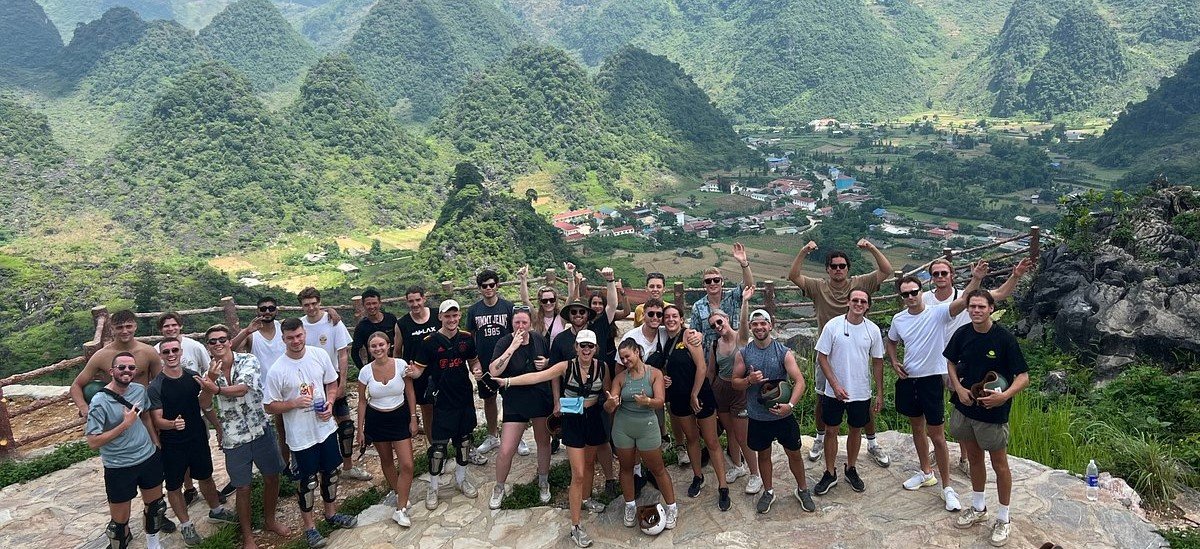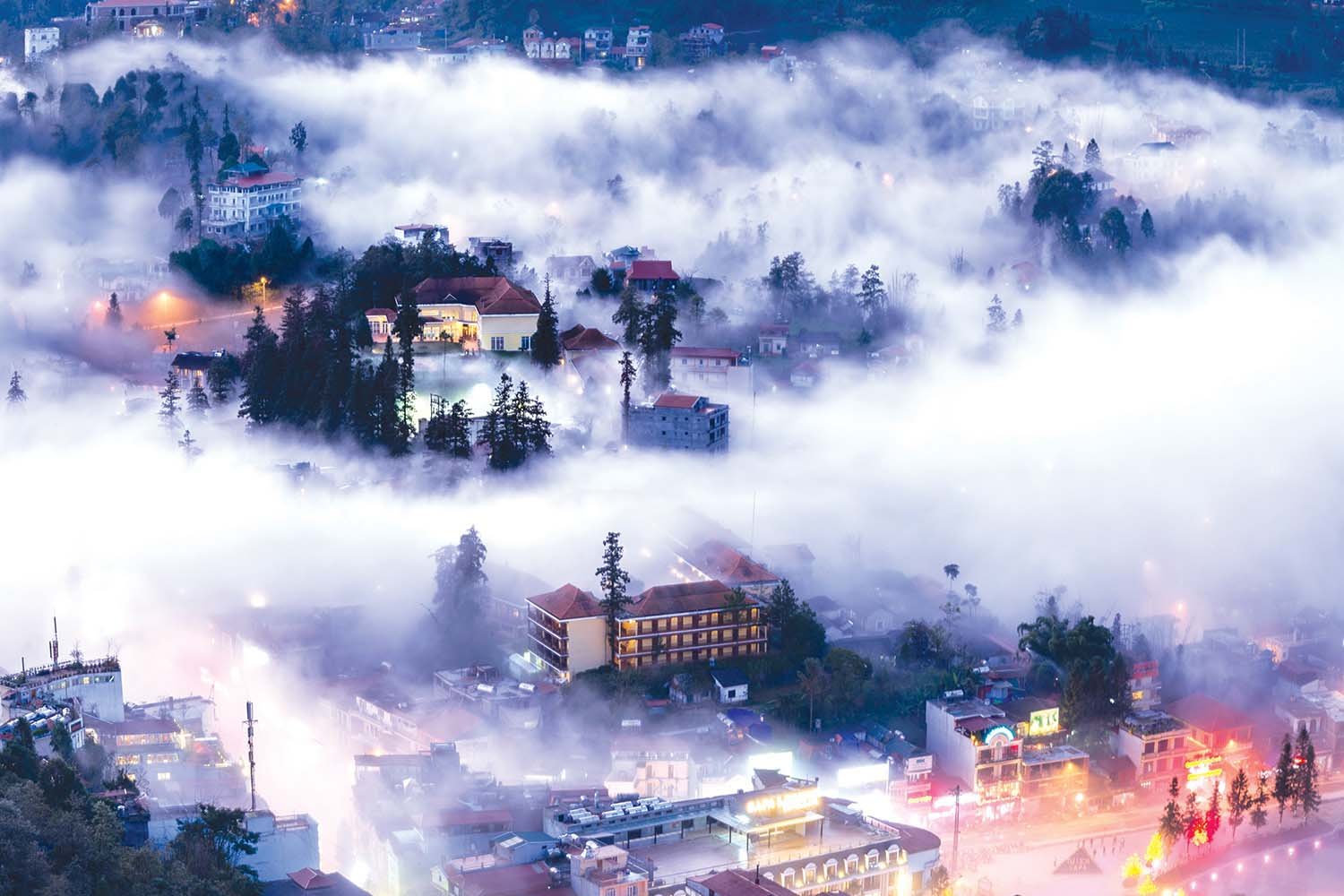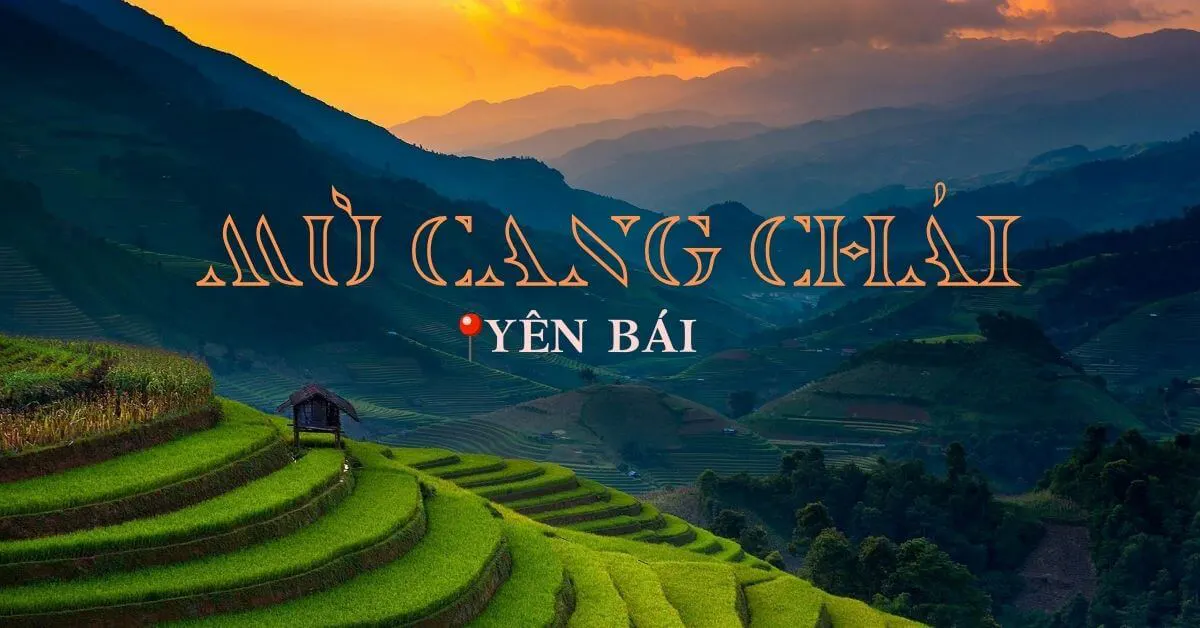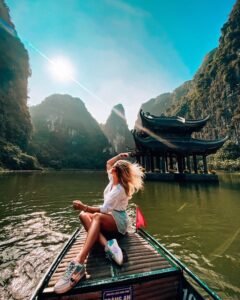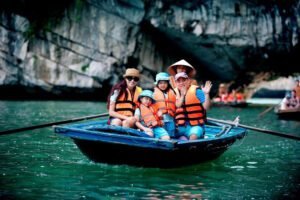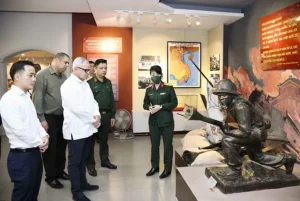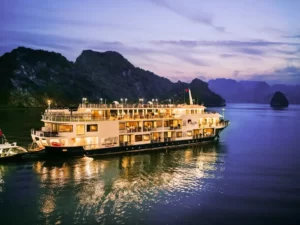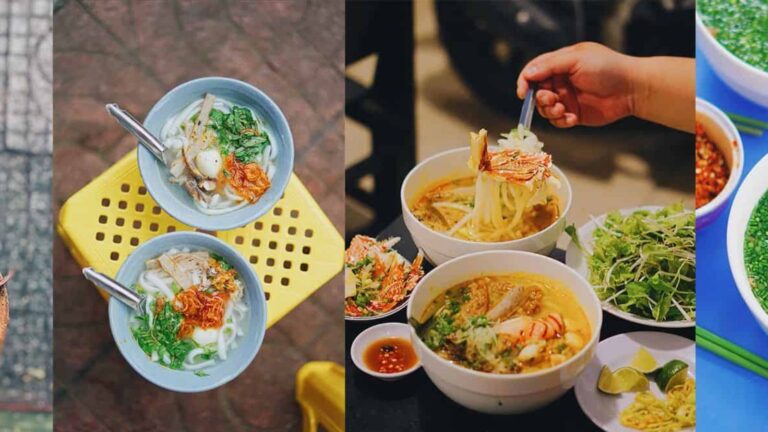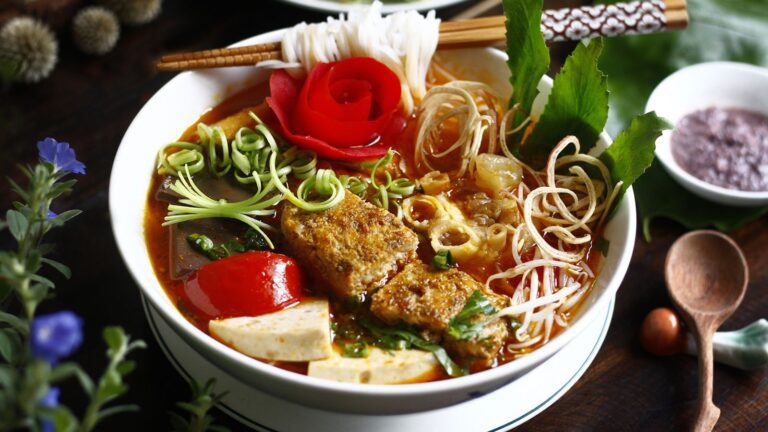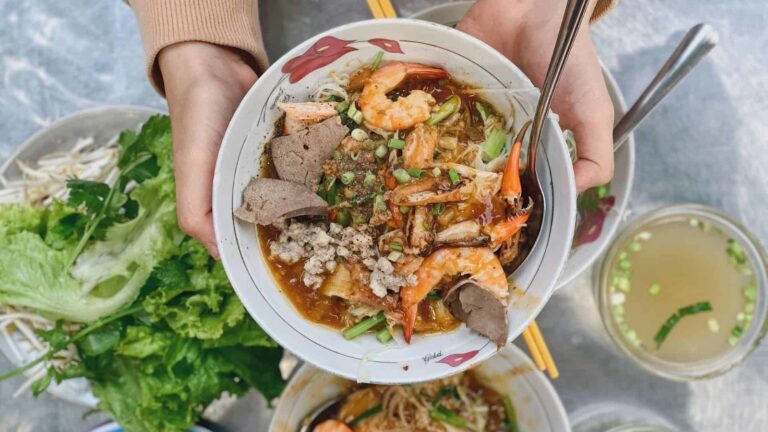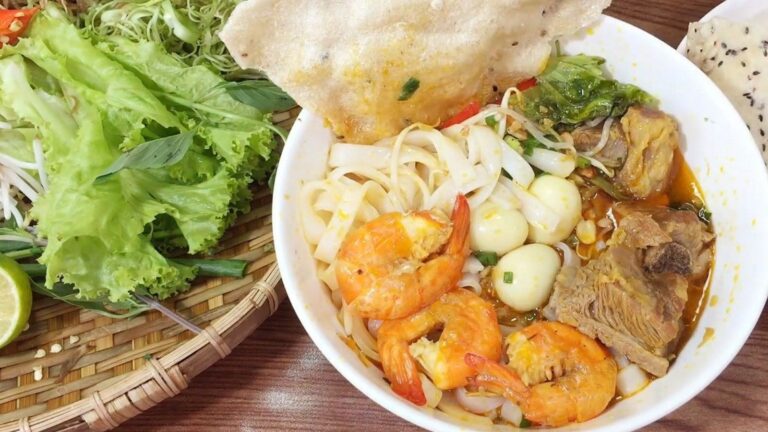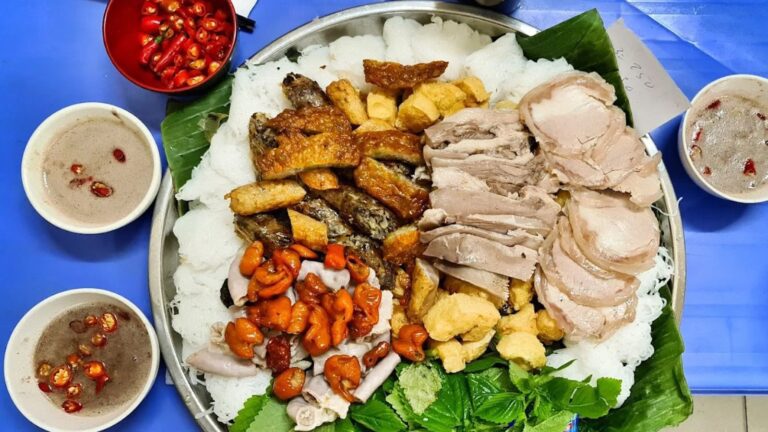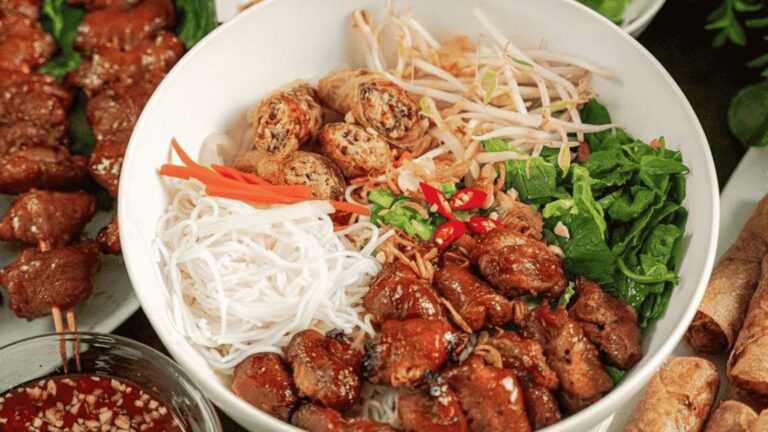Rice Terraces in Vietnam: Sapa vs Mu Cang Chai
When it comes to breathtaking landscapes, rice terraces in Vietnam are among the country’s most iconic sights. Carved into the mountains over centuries, these terraced fields are not only a testament to the ingenuity of ethnic minority farmers but also a magnet for travelers seeking authentic beauty. While there are many regions with rice terraces, two destinations stand out as the most famous: Sapa and Mu Cang Chai. But when it comes to the debate of Sapa vs Mu Cang Chai, which offers the best experience?
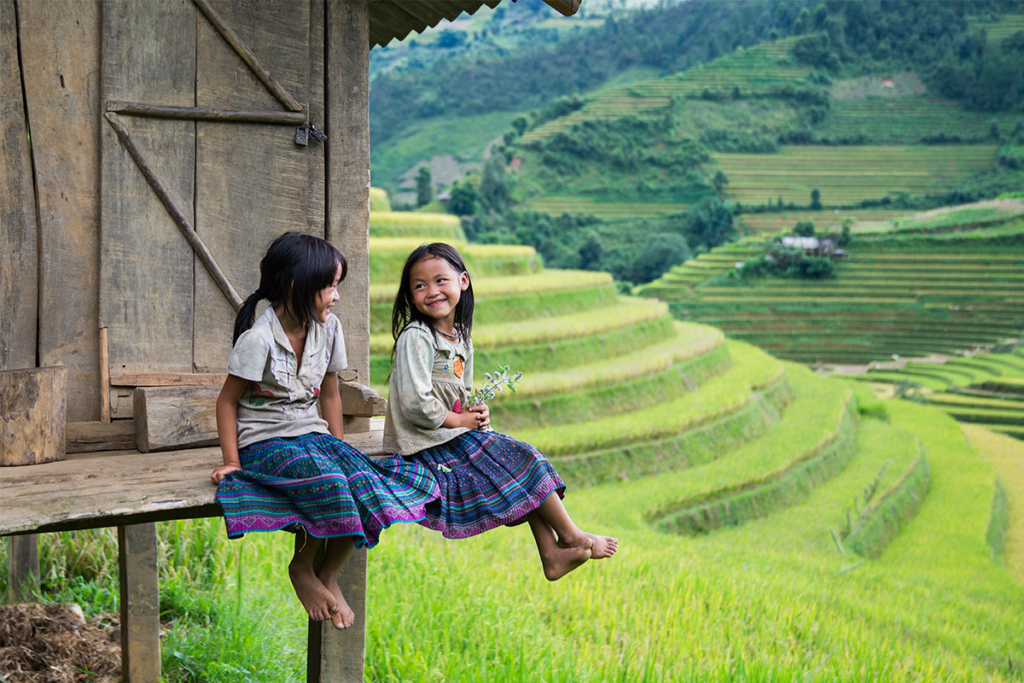

In this detailed guide, we’ll compare both destinations in terms of scenery, accessibility, culture, activities, and overall travel experience. Whether you are a photographer, trekker, or cultural enthusiast, this article will help you decide where to go for the most stunning rice terraces in Vietnam.
Why Rice Terraces in Vietnam Are So Special
Vietnam’s mountainous north is home to diverse of ethni groups like the Hmong, Dao, and Thai, who have cultivated rice for generations. Since the terrain is steep and rugged, they developed an ingenious system of terraces to grow crops. These terraces transform into emerald green steps in summer, golden waves during harvest, and misty dreamscapes in winter.
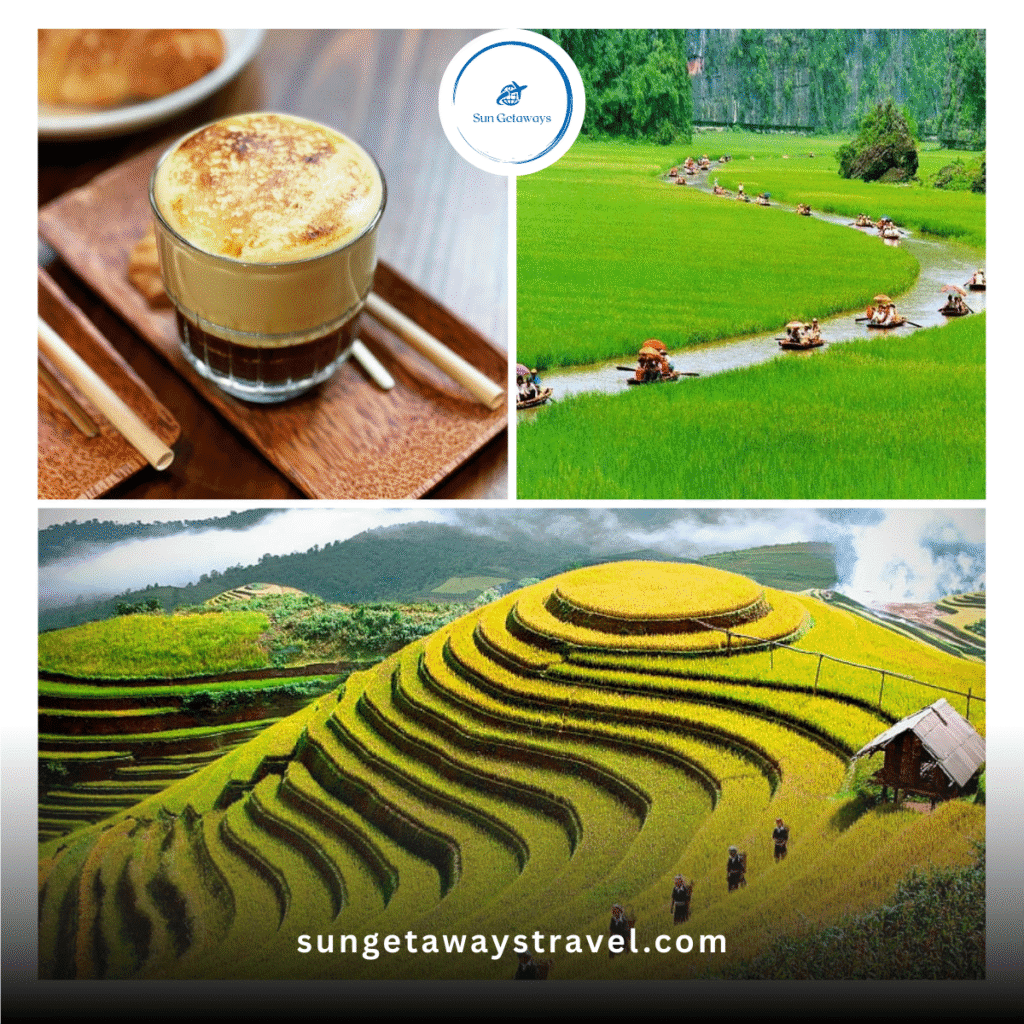

The best seasons to witness the stunning rice terraces in Vietnam are:
- May–June (watering season): fields shimmer like mirrors reflecting the sky.
- July–September (green season): terraces turn lush and vibrant.
- Late September–October (harvest season): golden fields stretch across the mountains.
Both Sapa and Mu Cang Chai showcase these transitions, but in distinct ways that create two very different experiences.
Sapa: The Famous Jewel of Northern Vietnam
The Landscape
Sapa, located in Lao Cai Province near the Chinese border, is Vietnam’s most popular highland destination. The rice terraces here, particularly in villages like Cat Cat, Lao Chai, and Ta Van, cascade down the Muong Hoa Valley against the backdrop of Mount Fansipan, the highest peak in Indochina. The scenery is dramatic, especially when mist rolls through the valley.


While Sapa’s rice terraces are undeniably beautiful, their fame also means they attract more tourists. Expect well-trodden paths and plenty of homestays, cafes, and photo spots catering to visitors.
Accessibility
Sapa is easier to reach than Mu Cang Chai. From Hanoi, travelers can take a direct overnight train or limousine bus to Lao Cai, then a short drive up to Sapa town. This convenience makes it the top choice for those short on time.
👉 For a stress-free journey, Sun Getaways Travel offers private transfers and guided tours from Hanoi, allowing you to relax and enjoy the scenery from the moment you begin your trip.
Cultural Encounters
Sapa is home to ethnic groups like the Hmong and Dao, and many offer homestays or guided treks. However, due to heavy tourism, encounters can sometimes feel commercialized. Street vendors and persistent sellers are common, especially in town. That said, if you trek further into villages away from the main routes, you’ll still find authentic hospitality.
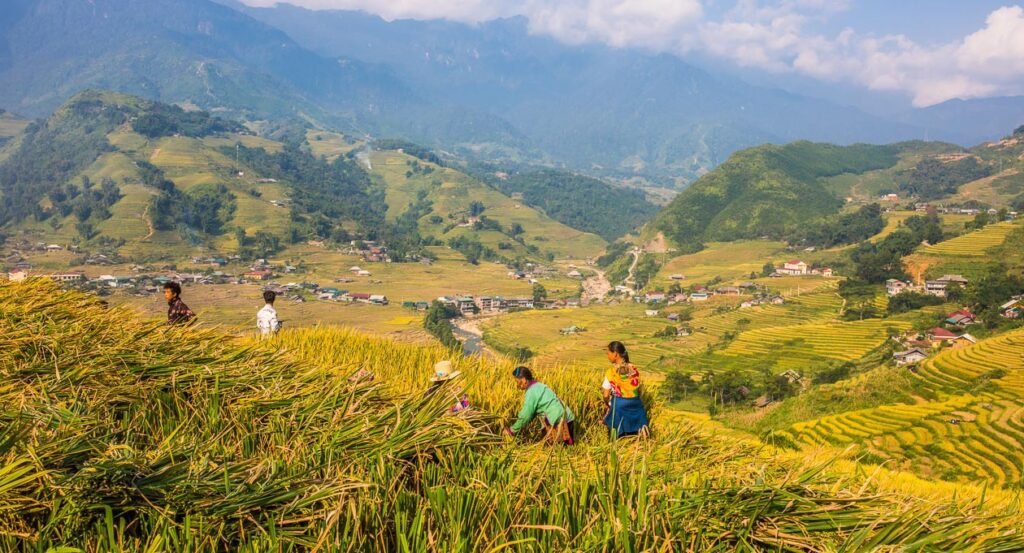

Activities in Sapa – One of most stunning rice terraces in Vietnam
- Trekking through Muong Hoa Valley
- Visiting Fansipan Mountain (via cable car or trekking)
- Exploring local markets like Bac Ha (nearby)
- Staying in homestays with Hmong or Dao families
Sapa offers a mix of natural beauty, cultural interaction, and modern comforts, making it a convenient and diverse choice.
Mu Cang Chai: Vietnam’s Hidden Gem
The Landscape
Located in Yen Bai Province, Mu Cang Chai is less developed and far more remote than Sapa. The rice terraces here are considered some of the most beautiful in the world and have been recognized as a National Heritage Site. Villages like La Pan Tan, Che Cu Nha, and De Xu Phinh showcase terraces that curve dramatically around mountainsides, creating patterns that change with the light of day.
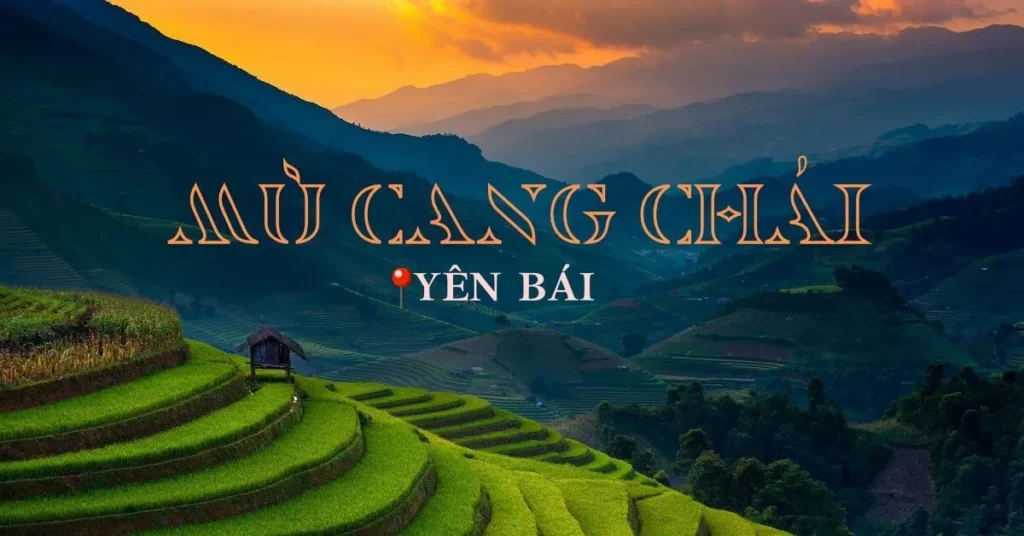
Unlike Sapa, Mu Cang Chai offers a raw, untouched beauty. Fewer tourists mean the experience feels more personal and immersive.
Accessibility
Reaching Mu Cang Chai is more challenging. From Hanoi, it takes around 7–8 hours by car or motorbike. The journey, however, is rewarding, with winding mountain passes and scenic valleys along the way. For those who crave adventure and authenticity, the extra effort is worth it.
To experience the most dramatic rice terraces in Vietnam without worrying about the logistics, our specialized tours to Mu Cang Chai handle all transportation and local guides, giving you the freedom to simply soak in the remote beauty.
Cultural Encounters
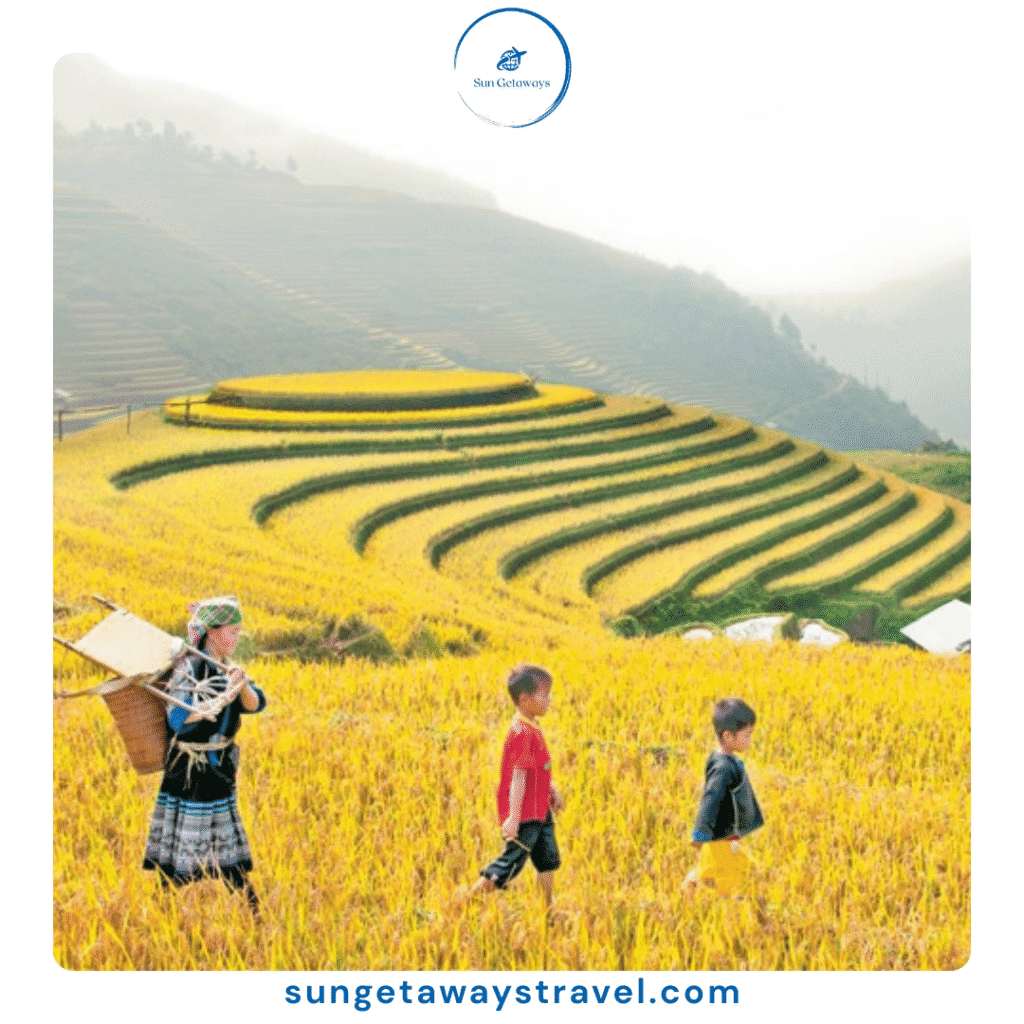

Mu Cang Chai is primarily inhabited by Hmong people, and cultural encounters here are more genuine compared to Sapa. You’ll likely meet farmers working in the fields, children playing by streams, and families welcoming you into their homes without the heavy commercialization.
Activities in Mu Cang Chai – One of most stunning rice terraces in Vietnam
- Trekking through La Pan Tan and De Xu Phinh terraces
- Photography, especially during harvest season
- Staying in rustic homestays with Hmong families
- Exploring Khau Pha Pass, one of Vietnam’s most scenic mountain passes
Mu Cang Chai may lack modern comforts, but it more than makes up for it with authenticity and breathtaking scenery.
Sapa vs Mu Cang Chai: Key Comparisons
| Aspect | Sapa | Mu Cang Chai |
|---|---|---|
| Scenery | Lush terraces with Fansipan backdrop | Nationally recognized terraces, more dramatic patterns |
| Accessibility | Easy (5–6 hrs from Hanoi via bus/train) | Remote (7–8 hrs by road, no train) |
| Tourism | Popular, crowded, developed | Quiet, authentic, fewer tourists |
| Culture | Commercialized encounters in town, authentic in remote villages | More genuine, less influenced by mass tourism |
| Activities | Trekking, Fansipan, markets, modern stays | Trekking, photography, rustic homestays, Khau Pha Pass |
| Best For | First-time visitors, those seeking convenience | Adventurers, photographers, authentic cultural travelers |
Which Destination Should You Choose?
The answer to Sapa vs Mu Cang Chai depends on your travel style:
- Choose Sapa if:
- You’re short on time and want an easy trip.
- You enjoy a mix of nature, culture, and comfort.
- You want access to restaurants, hotels, and other amenities.
- Choose Mu Cang Chai if:
- You crave authenticity and fewer tourists.
- You’re a photographer seeking the most iconic rice terraces in Vietnam.
- You don’t mind long travel times and rustic conditions.
Tips for Visiting Rice Terraces in Vietnam
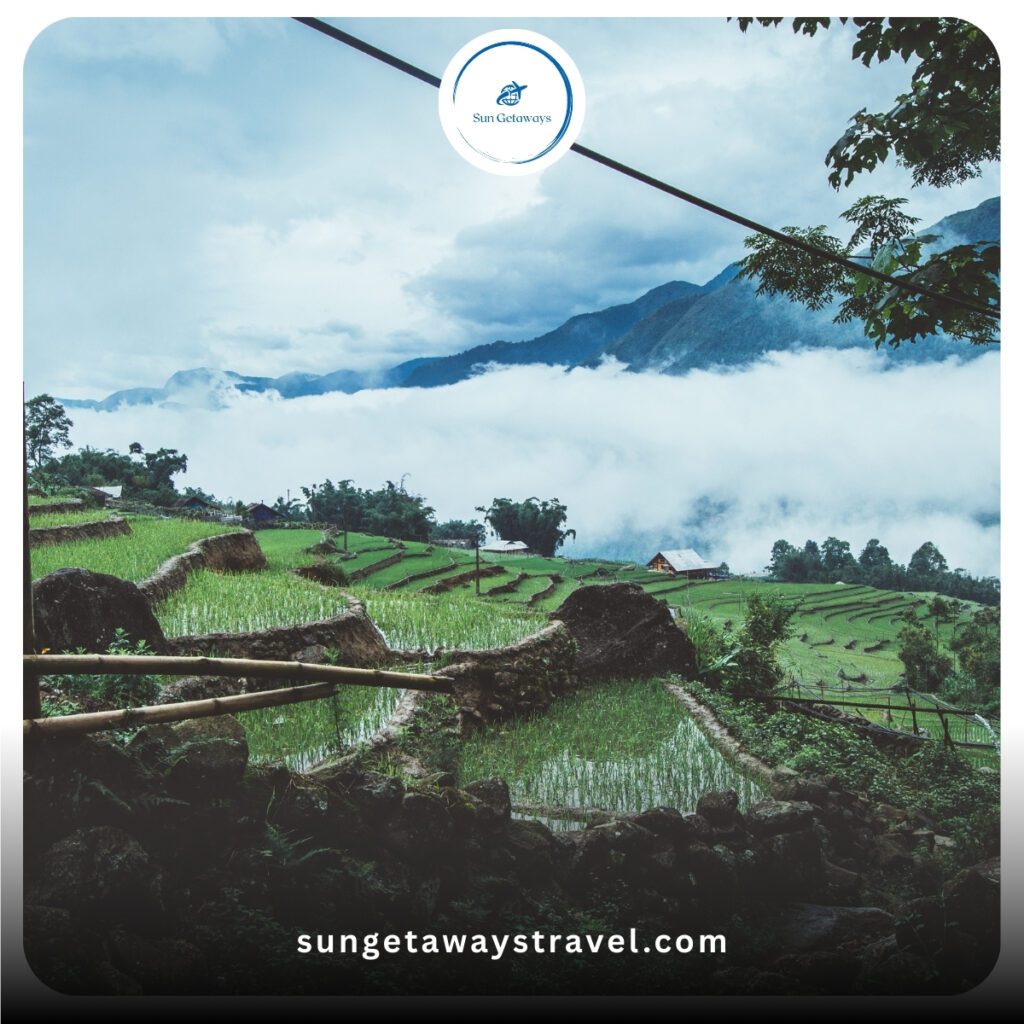

- Best Time to Go:
- Watering season (May–June) for reflection photos.
- Harvest season (late Sept–Oct) for golden fields.
- Pack Proper Gear: Comfortable hiking shoes, raincoat, sunscreen, and insect repellent are essential. You can also refer to our Vietnam packing guide.
- Hire Local Guides: Not only will you support the community, but you’ll also discover hidden trails and stories.
- Respect Local Culture: Dress modestly, ask before taking photos, and purchase handicrafts directly from artisans.
- Stay in Homestays: Both Sapa and Mu Cang Chai offer homestay experiences where you can share meals and stories with ethnic minority families.
Final Verdict: Sapa vs Mu Cang Chai
If you’re after convenience, comfort, and iconic views combined with modern travel infrastructure, Sapa is the way to go. But if your heart leans toward authenticity, breathtaking photography, and the most dramatic rice terraces in Vietnam, Mu Cang Chai is unbeatable.
Whichever you choose, both destinations promise unforgettable memories. From shimmering water-filled terraces to golden harvest fields, these landscapes are among the most mesmerizing in Southeast Asia.
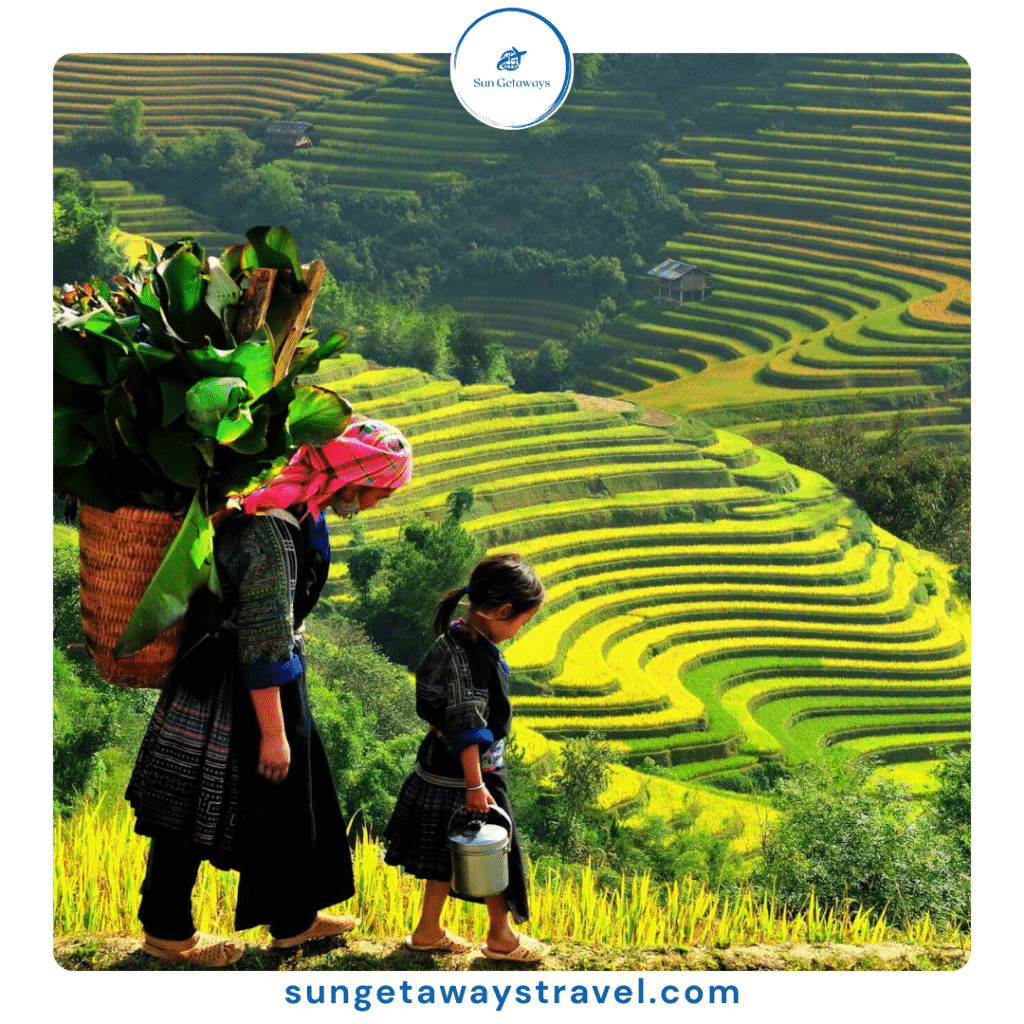

So, in the debate of Sapa vs Mu Cang Chai, the real winner is you—the traveler lucky enough to witness the timeless beauty of Vietnam’s rice terraces.
👉 For personalized advice on planning your perfect trip to see the rice terraces in Vietnam, reach out to our travel experts at Sun Getaways Travel (WhatsApp) for a free 24/7 consultation. We’ll help you tailor an itinerary that matches your travel style and preferences.
FAQs about Rice Terraces in Vietnam
1. Is Sapa or Mu Cang Chai better for a first-time visitor?
For a first-time visitor to Vietnam’s northern highlands, Sapa is generally a better choice. It is much easier to access from Hanoi, offers a wider range of accommodation and dining options, and provides a great introduction to the region’s culture and landscapes. Mu Cang Chai is best suited for those who are more experienced travelers and prioritize authenticity over comfort.
2. How many days should I spend in each location?
For Sapa, a 3-day, 2-night trip is ideal, allowing you to trek through the Muong Hoa Valley and visit local villages. For Mu Cang Chai, a minimum of 3 days is recommended due to the long travel time. This gives you two full days for trekking and photography.
3. When is the best time to see the golden rice fields?
The best time to see the golden, ready-to-harvest rice terraces is from late September to mid-October. The exact timing can vary each year, so it’s a good idea to check local forecasts or contact a travel expert for the latest updates.
4. Can I visit both Sapa and Mu Cang Chai on one trip?
Yes, it is possible, but it requires careful planning due to the distance between them. The journey from Sapa to Mu Cang Chai can take 6-7 hours by car. We recommend dedicating at least 6-7 days for a combined trip to avoid feeling rushed.
For a seamless experience, consider a tailored tour with Sun Getaways Travel. We can handle all the logistics to ensure you see the best of both regions without any hassle.
Ask a question
Leave a Comment (0)
No questions yet. Be the first to ask a question!

